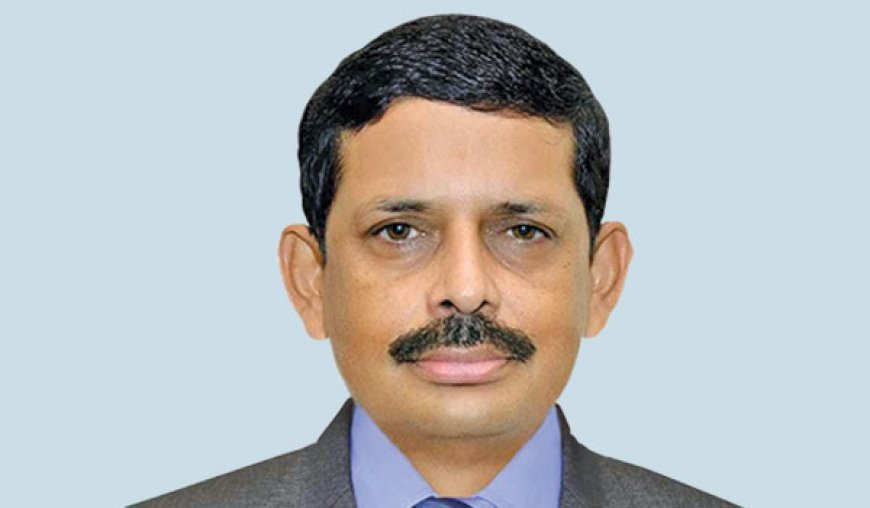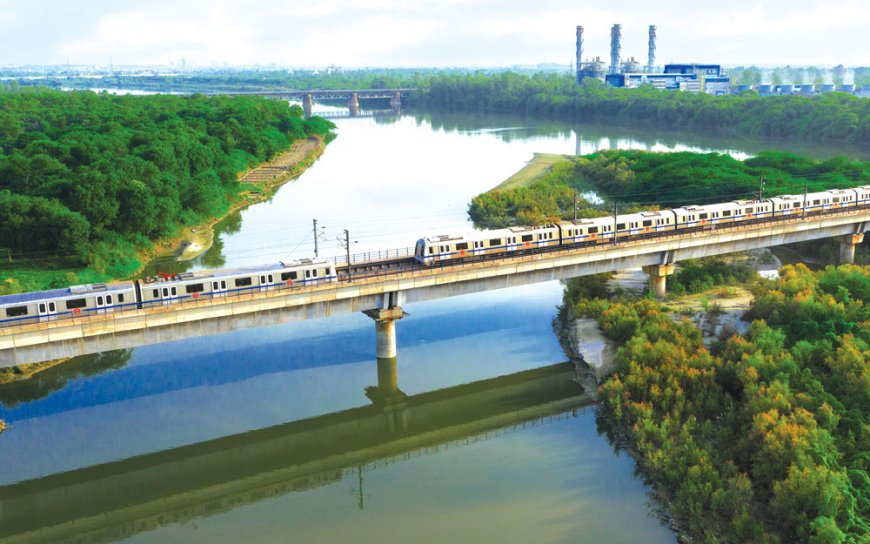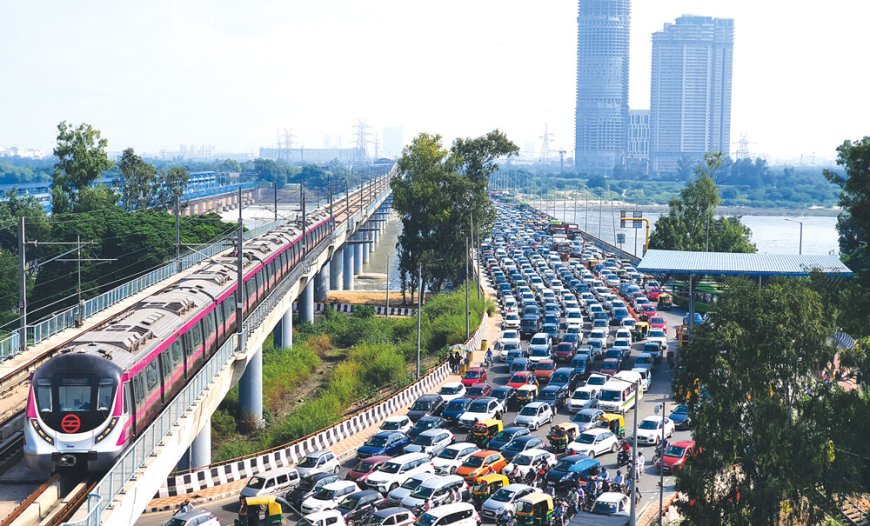DMRC is focused on expanding and modernizing its network to better serve the growing population of NCR.

Anuj Dayal
Principal Executive Director, Corporate Communications, DMRC
Could you describe some of the latest technological advancements incorporated into the Delhi Metro system?
DMRC has consistently integrated cutting-edge technologies to enhance the commuter experience and operational efficiency. Some of the latest technological advancements include:
DMRC has introduced driverless Metro trains on the Magenta and Pink Lines. This technology will also be implemented across all Phase-4 corridors, marking a significant step towards automation and operational efficiency.
DMRC recently launched Beta version of an AI-powered virtual assistant, “Chetna” on its official website. This chatbot offers the commuters maximum accessibility to queries related to Metro travel, such as travel routes, fare calculations, and station details. Key features include:
• AI Journey Planner with interactive voice assistance
• Faster route recommendations with auto-correction for spelling mistakes
• Multilingual support and automatic language detection
• Grievance submission and tracking
• Suicide prevention scenario management
• Contextual responses for line details, station details, and journey planning
• Emergency scenario handling
DMRC has introduced various QR ticketing options to streamline the ticketing process, including WhatsApp QR tickets, NCMC cards, Paytm ticketing, and QR paper tickets.

How have these technologies improved operational efficiency and passenger experience?
The integration of these technologies has substantially improved both operational efficiency and passenger experience. The implementation of driverless train technology has enhanced the punctuality and reliability of train services by reducing human error. This also allows for better management of train schedules and reduces operational costs.
The AI-powered chatbot, Chetna, which is still in its initial leg, offers a more personalized and efficient customer service experience. It provides accurate and quick responses to commuter queries, helping passengers plan their journeys more effectively.
The introduction of QR ticketing options has reduced the dependency on physical tickets and token systems, leading to quicker entry and exit processes for passengers. This reduces congestion at stations and also promotes a cashless and contactless ticketing system making it convenient for the passengers.
What measures has DMRC implemented to enhance the sustainability of its operations?
DMRC has undertaken several initiatives to enhance the sustainability of its operations:
Driverless Train Operations: This advancement has contributed to reducing energy consumption and improving overall operational efficiency.
Better Signalling Technology: The adoption of advanced signalling systems has optimized train operations, reducing energy use and increasing safety.
DMRC has installed solar panels on station rooftops and procures 50MW of solar power from the Rewa Solar Power Plant. This significantly reduces the carbon footprint of Metro operations.
Refurbished Trains and Regular Maintenance ensures that the trains remain energy-efficient and reliable.
Crew Management System was introduced to ensure optimal scheduling and efficient use of resources.
From time to time, DMRC deploys flying squads to prevent male passengers from entering female coaches.

What are the primary challenges DMRC faces in maintaining and expanding the metro network?
Obtaining approvals and No-Objection Certificates (NOCs) from various departments, including those for tree cutting and land acquisition, can delay project timelines. However, these are only temporary during project execution.
How has DMRC addressed these challenges, particularly in terms of infrastructure development and funding?
DMRC recently redesigned its construction plans to avoid the felling of 69 trees on the Janakpuri West to R.K. Ashram Road corridor, ensuring environmental conservation as well as maintaining project timelines. Moreover, DMRC continuously follows up on delayed permissions and approvals to minimize disruptions to project timelines.
In what ways has the Delhi Metro contributed to the socio-economic development of Delhi and surrounding areas?
Metro projects are very capital intensive and can be justified only on their high economic rate of returns since these projects provide a number of social and economic benefits to the citizens as they save time in their travel. They enjoy better health because of less exposure to poisonous automobile fumes and the accidents are less since the Metro is safer than road transport.
The Delhi Metro doesn’t only carry millions to chosen destinations, it also acts as an engine of socio-economic growth for the NCR with connectivity boost to areas such as Dwarka, Rohini, Noida, and Gurugram. The markets of old Delhi have been revived by the Metro as well.
According to a study, the Delhi Metro helped its passengers cumulatively save 269 million hours of travel time in 2021. This figure is projected to increase to 572.5 million hours in 2031. Delhi Metro also helps remove about five lakh vehicles off the road daily.
Delhi Metro is also a pioneer in introducing environment friendly practices & technologies. It generates solar power through roof top plants installed across the network in addition to 50MW solar power from Rewa Solar Power Plant. The Delhi Metro is also the first rail based company in the world to claim carbon credits.
As a non-polluting mode of travel which doesn’t occupy road space, it is a viable solution for our urban challenges.

What are DMRC’s future plans for expansion and modernization?
DMRC is focused on expanding and modernizing its network to better serve the growing population of the National Capital Region (NCR). As part of its Phase 4 expansion, DMRC is currently engaged in the construction of 86 kilometres of new lines across five different corridors. These new lines will improve connectivity across Delhi and the surrounding areas, reducing travel time and congestion. DMRC also plans to upgrade existing infrastructure, including the introduction of state-of-the-art trains with enhanced features for safety, comfort, and efficiency. This includes expanding the use of driverless train technology, which is already operational on the Magenta and Pink Lines.
In addition, DMRC is focused on enhancing passenger experience through the adoption of new digital tools, and introduction of more convenient ticketing options such as QR code-based tickets and contactless payments.
How does DMRC plan to integrate new technologies and sustainable practices in these future projects?
DMRC is committed to integrating cutting-edge technologies and sustainable practices in all its future projects. This includes wider implementation of ‘Driverless Metro’ systems, which shall improve operational efficiency and safety while reducing energy consumption.








